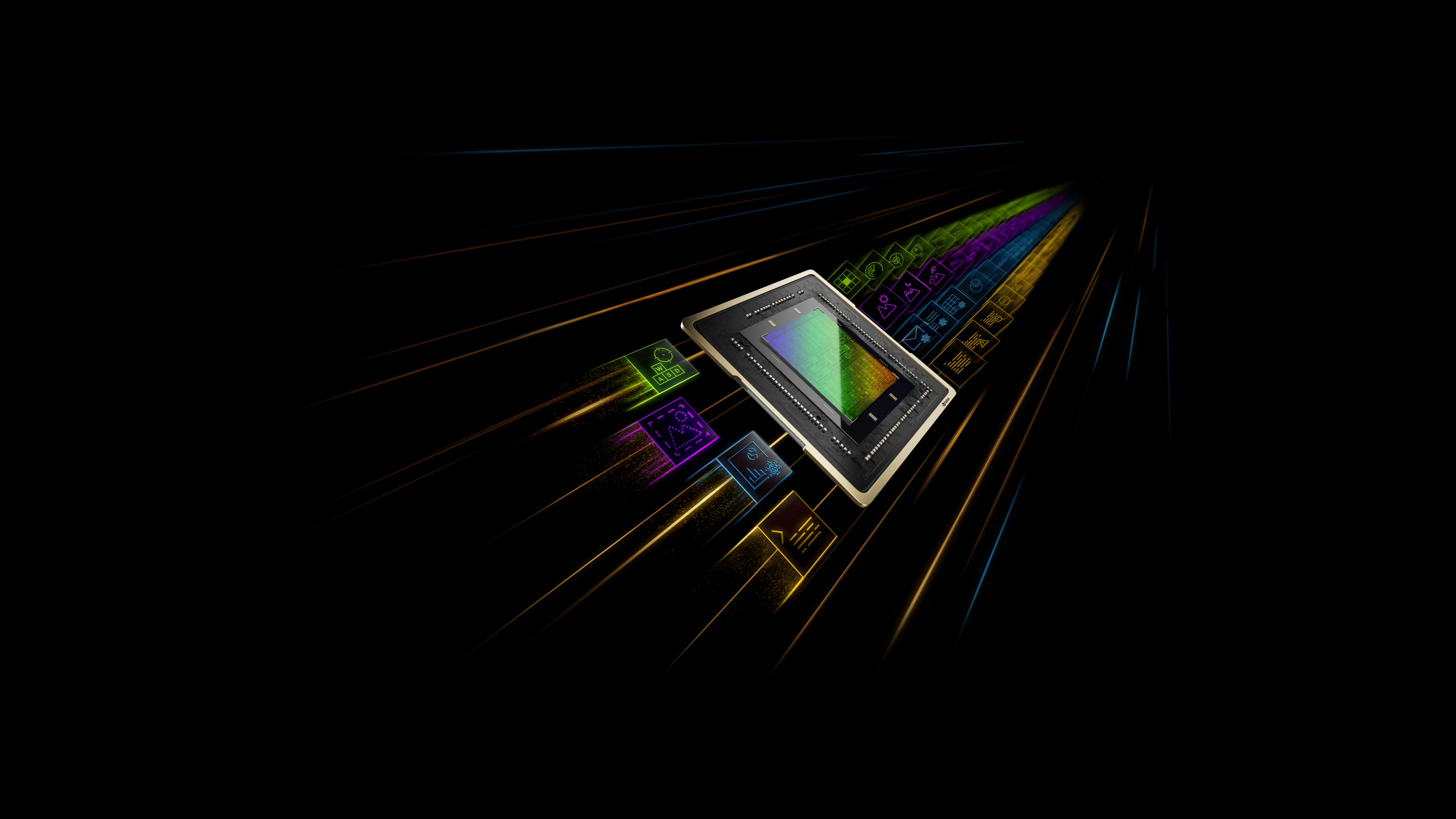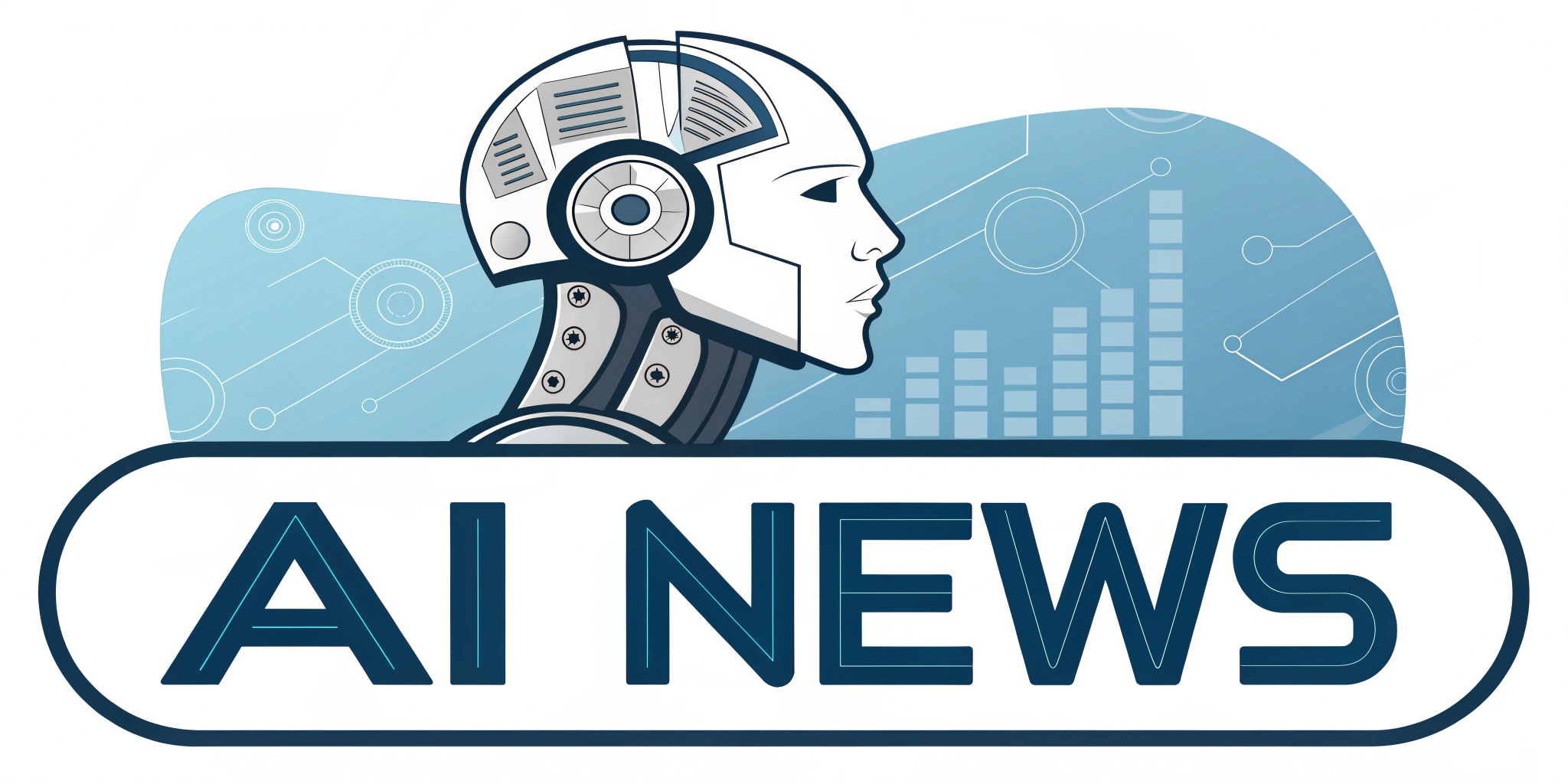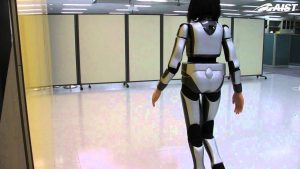In a groundbreaking leap for videoconferencing technology, researchers at NVIDIA have developed an innovative artificial intelligence system that redefines the way video information is transmitted over the internet. As detailed by Dr. Károly Zsolnai-Fehér in the latest episode of Two Minute Papers, this state-of-the-art AI can effectively convey video data without the actual video stream, a concept that challenges conventional understanding. Instead of sending continuous video, the system captures just a single image, along with minimal information about the user’s head movements and expressions, allowing for a revolutionary alternative that requires significantly less bandwidth. The implications of this work are profound,as it not only enhances video quality but also demonstrates remarkable capabilities in synthesizing realistic frontal views and even generating deepfake-like effects with extraordinary accuracy. As the technology becomes accessible for public use just one year post-publication, NVIDIA is already integrating it into their virtual meetings, heralding a new era of efficient and sophisticated digital communication.
Advancements in Videoconferencing AI: A New Era for Virtual Communication
The integration of advanced AI within videoconferencing tools is poised to drastically alter user interaction dynamics. One of the most notable features of NVIDIA’s technology is its ability to create hyper-realistic virtual avatars that can mimic user behavior with astonishing precision. This innovation offers a multitude of applications, especially in remote collaboration and virtual events. With capabilities to interpret and replicate a user’s subtle gestures and expressions, meetings can feel more personal and immersive, promoting enhanced engagement and understanding among participants. The impact on professional environments is profound as teams can foster collaboration that bridges geographical divides.
Furthermore, the implementation of dynamic background synthesis enhances the virtual meeting experience by allowing users to maintain a professional appearance, regardless of their physical setting. This technology not only conceals distractions but also empowers users to curate their visual presence, thereby influencing how they are perceived in a digital space. As the demand for seamless connectivity grows, NVIDIA’s pioneering advancements underscore a shift towards more authentic virtual interactions where technology works to eliminate barriers and enrich communication. The possibilities in improving personal interactions and professional presentations are virtually limitless.
Revolutionizing Video Transmission: The Concept of Transmitting Without Video
In an unprecedented shift, NVIDIA’s groundbreaking approach to video transmission enables a new layer of interaction that relies on sound and movement rather than continuous video. This innovative system captures essential cues such as voice inflection and body language, processing them to recreate user interactions with astonishing realism. By focussing on semantic content, the technology can generate immersive experiences using only minimal data about the user’s expression and gestures, drastically reducing the bandwidth requirements necessary for virtual communication. This approach not only optimizes performance but also opens doors to accessibility for users with varying internet capabilities.
Moreover, the implications of this concept extend beyond mere video replacement; it heralds a transformative potential in digital engagement.Users can now achieve effective visual portrayal through synthesized avatars that can engage in conversing without the need for a constant video feed. This level of technology presents vast opportunities across various sectors, including online education, remote work, and digital entertainment. With a focus on user experience, the integration of such innovations promises to redefine how we connect and communicate in the digital realm, fostering deeper and more meaningful interactions regardless of physical presence.
Breaking New Ground: Frontalization Techniques and Their Impact on User Experience
The latest advancements in *frontalization techniques* introduced by NVIDIA are set to redefine the landscape of digital interaction by enhancing the lifelike representation of users. By leveraging machine learning algorithms, the AI system is capable of producing highly detailed frontal views of users from a single image, creating an authentic virtual presence that complements real-time communication. This innovative approach not only improves the visual dynamics of remote interactions but also integrates seamlessly with various platforms, allowing users to engage in a more personal and relatable way. The ability of this technology to accurately interpret subtle nuances of facial expressions elevates the connection between participants, fostering a more inclusive and interactive habitat.
- Heightened realism: Users can express emotions more authentically.
- Adaptive learning: The AI refines its output based on user feedback.
- Broader accessibility: Enhanced performance across varied internet speeds.
Moreover, the synthesis of these techniques cultivates a user experience that is not only engaging but also deeply immersive. The focus on minimizing bandwidth usage while maximizing visual fidelity allows for virtually uninterrupted digital conversations, enabling a fluid interchange of ideas and emotions. Recent applications in educational settings and corporate training signify a shift towards using these advanced digital avatars as tools for enhanced learning and collaboration. As users experience interactions that closely mimic in-person engagements, the potential for these innovations to bridge gaps in virtual communication becomes increasingly evident, paving the way for a new era of interaction grounded in authenticity and connection.
Democratizing Technology: Accessibility of Cutting-Edge AI Tools for Everyday Use
The recent strides in AI technology have made cutting-edge tools increasingly available to the average user, facilitating an unprecedented democratization of digital interaction.NVIDIA’s innovations allow individuals to participate in virtual environments without the complexities typically associated with high-end graphic processing. For instance, the use of virtual avatars enables users to project their digital selves without the need for sophisticated hardware. This technology is not just limited to entertainment; it is transforming how professionals conduct meetings and collaborate remotely. The integration of user-friendly interfaces ensures that even those with minimal technical proficiency can navigate these advanced tools effectively, bridging generational and skill gaps.
Significantly,the accessibility of these advancements extends beyond economics and expertise,touching on inclusivity. As technology becomes more intuitive, it opens doors for individuals with disabilities or those in regions with limited access to traditional communication infrastructures. By utilizing lightweight data transmission methods, users can engage in high-quality digital conversations even on low bandwidth connections. With features such as real-time facial recognition and emotion analysis, users can express themselves authentically, enhancing both personal and professional interactions. This shift toward more inclusive digital communication is paving the way for a future where technology serves to unite rather than divide.






















